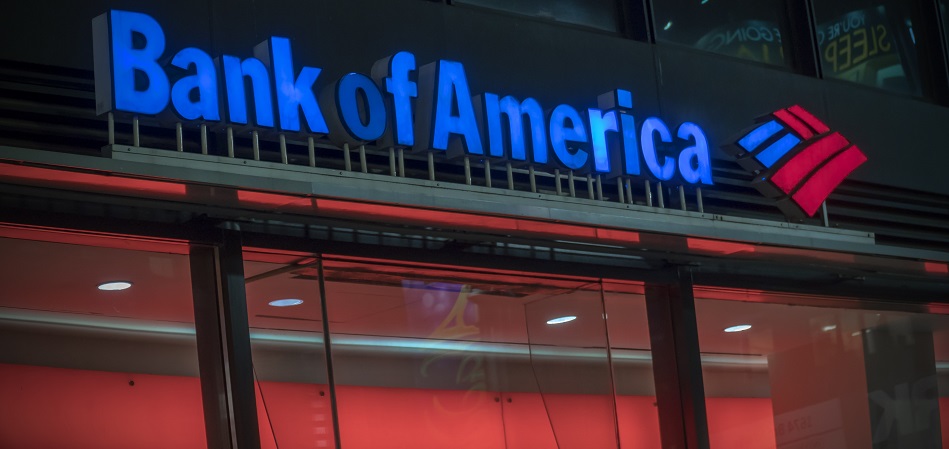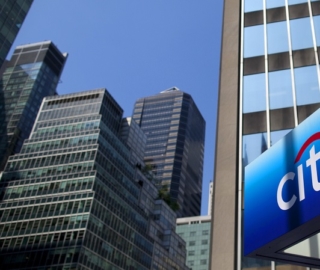
Many of the largest US banks, including Bank of America, are starting to automate many of their business processes with AI. These include ACH payments and more specific processes such as order to cash. Bank of America has been investing seriously in AI and machine learning since at least 2017 and continues to research ways they can take advantage of AI in the future.
In this article, we explore Bank of America’s current AI initiatives and what they might be planning for the future. We cover the following topics:
- Erica Virtual Assistant: A chatbot within the Bank of America mobile app that can purportedly answer customer questions and help them customers track spending habits.
- Bank of America’s Future with AI: Discussing what Bank of America could do with its current plans for AI research.
We begin our exploration of Bank of America’s AI work with their app-enabled virtual banking assistant.
Erica Virtual Assistant
Bank of America’s virtual assistant Erica is a chatbot within their mobile app and can purportedly help customers manage their bank accounts and keep track of their spending habits. The bank made the chatbot available to all consumer banking customers after an internal pilot in 2017 and a wider test run in Rhode Island months later.
Bank of America claims Erica has the following capabilities:
- Alerting customers that their spending habits are likely to bring their balance to zero one week in advance. This is likely accomplished with predictive analytics to analyze the customer’s average monthly spending and purchase history.
- Notifying customers of changes to their credit score, which can purportedly be determined via FICO’s scoring system within the app.
- Reminding customers of recurring or late payments.
- Searching for account information and past transactions on request. This is likely done using natural language processing (NLP) software for text mining.
- Flagging payments when they are more expensive than expected. This is likely made possible with anomaly detection, which is a type of AI software for detecting deviations from an established norm within a stream of data in real-time.
- Locking and unlocking credit and debit cards at the customer’s request.

Bank of America’s Future with AI
Bank of America is purportedly researching other ways they can leverage AI. They claim to be looking for new methods of detecting and stopping fraud, similar to how their current app can flag irregular payments.
If they are already using anomaly detection to flag these payments, it follows that they could develop a machine learning application to catch fraudulent payments. Several other banks have already turned to anomaly detection for their fraud detection processes, including Citibank.
Bank of America also claims to be researching ways to facilitate trade with AI. This could allow them to process stock trades faster as well as recommend future investment strategies to customers. A trade processing solution could also help them execute trades across multiple markets simultaneously.
This would require a machine learning algorithm capable of matching buy and sell orders from traders, brokers, and stock exchanges that can fulfill them. If the algorithm improved well enough over time, it may also be able to find the most efficient digital routes by which to execute trades.
Header Image Credit: Wall Street Journal







